Of all the developmental stages your baby goes through, the baby teething milestones may be the most challenging. It brings together fevers, sleepless nights, discomfort, and fussiness. It can even feel like just when you started getting their sleep routine in order, they start teething and it gets interrupted all over again.
In this post, we talk about what teething looks like in babies, when they start, how long the symptoms last, and ways to soothe them.
Following your baby’s development? See our full list of baby milestones in the first year.
Guide to this post
- What does teething look like in babies?
- When do babies start teething?
- First signs of teething
- How long do teething symptoms last?
- Best ways to soothe teething babies
- Top products for teething babies
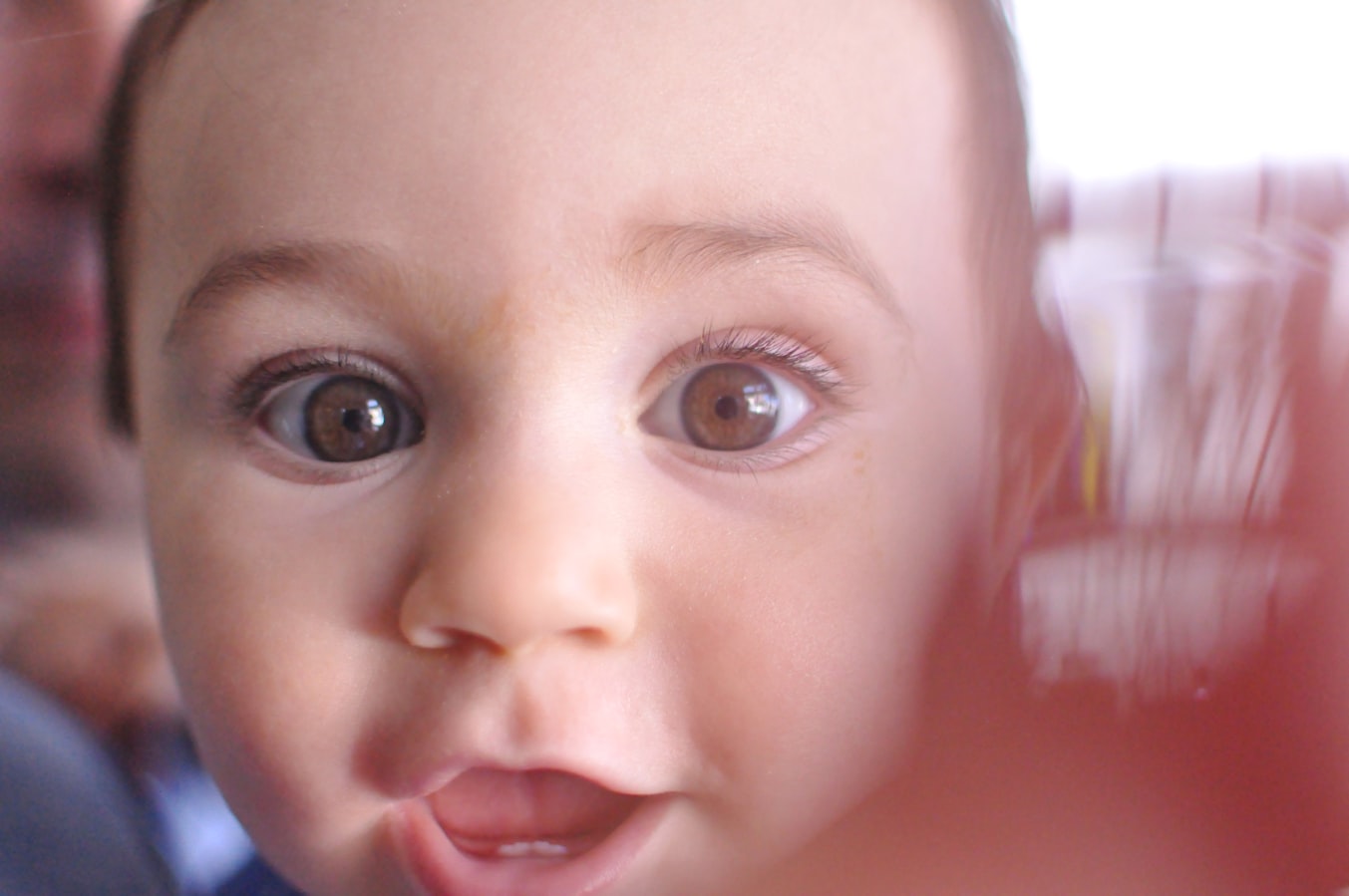
What does teething look like in babies?
Before the baby tooth erupts through the gum, you might see a little bubble. This is called an eruption cyst and normally goes away on its own. After erupting, the tooth won’t shed for another 7-9 years, when their adult teeth come in.
Teeth also come in all at different times, but usually in the same order. Usually the bottom front or top front teeth (also called the central incisors) coming first, and the rest later in stages.
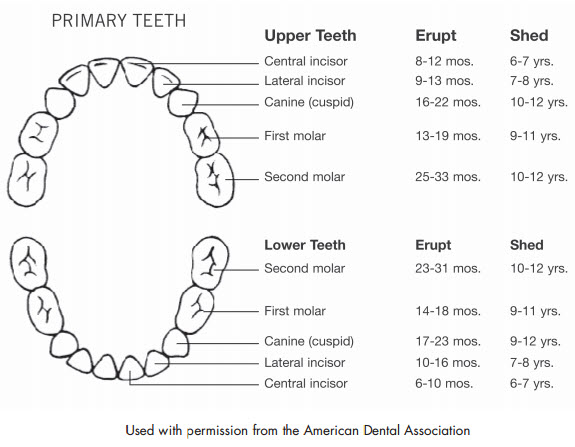
When do babies start teething?
Parents are surely tired of the “it depends” response to most developmental questions, but when it comes to teething, it truly depends. The teething baby age varies even more widely than many other stages. Some babies get their first tooth after they’re a year old, others start at six months or earlier.
Neither of these scenarios are good or bad, but by age three, all of their pearly whites should have made an appearance. Regardless, this usually isn’t a pain point for parents since most assume they’ll come eventually, and they’re right!
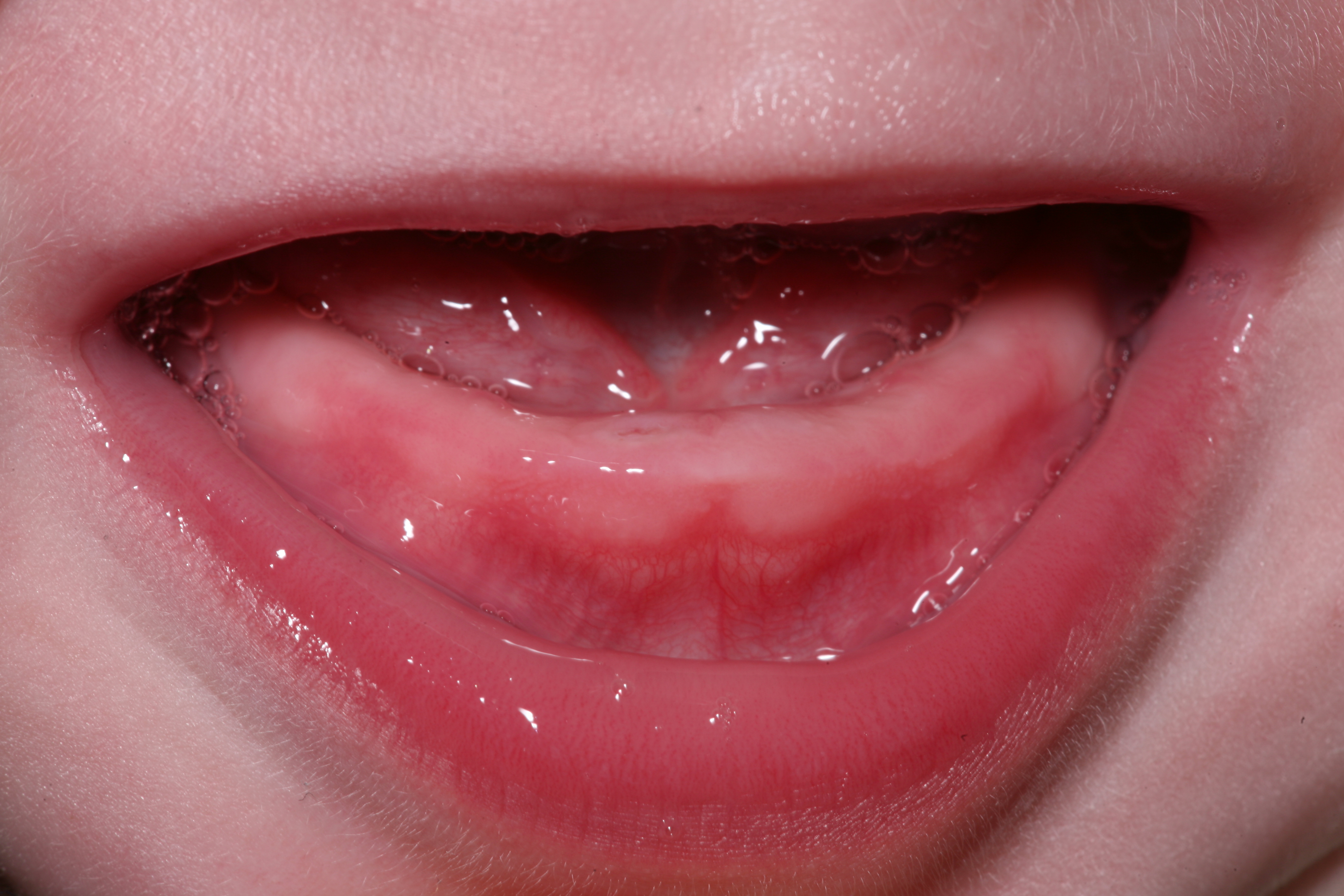
What are those? Babies’ first signs of teething
Baby gums before teeth erupt are a little funny-looking. They’re essentially just swollen gums and can be just as uncomfortable for baby as they seem. The very first signs of teething, though, normally won’t be the swollen gums. Around three months, babies start salivating (aka drooling) more and bringing their hands and objects to their mouths more often.
What do babies look like when they’re teething? Baby gums before teeth erupt look pretty much like this:
How long do teething symptoms last?
Teething symptoms affect not just your baby’s mouth, but also their mood, their sleep, and even their appetite! Teething baby symptoms include
- Irritability
- Sleep regressions
- Swelling of the gums
- Drooling
- Loss of appetite
- Rashes around the mouth
- Mild fever
- Diarrhea
- Biting
- Gum rubbing
- Ear rubbing
So how long will all these teething symptoms go on for? Since baby still has many teeth to go, they can be just under three years old when these symptoms stop and all their teeth, including molars, have sprouted. This means on and off teething for years.
Before you panic, just remember that there are ways to soothe teething babies and that the symptoms for teething usually only last for a short time while the tooth comes in and settles and you wait for the next. Sometimes, you’ll have months in between one tooth and the next. Especially with the canine, which normally comes in about 3 months after the lateral incisor. Normally, each teething process takes about a week during which the symptoms will be at their peak.
Best ways to soothe teething babies
Baby teething milestones bring lots of pain and fatigue with them. To console their little ones, parents have tried just about everything. If you’ve ever heard or read about the “whiskey remedy,” let us just say right off the bat that it’s neither recommended nor proven. So how do you soothe a teething baby?
Recommended teething remedies for babies include
- Rubbing the gums (adding pressure)
- Cooling with a cold spoon or chilled rings
- Over the counter medicine (especially for fevers)
What to avoid (According to the Mayo Clinic)
- Tablets or remedies with the ingredient: belladonna, benzocaine, or lidocaine
- Teething accessories that attach to your baby (necklaces, bracelets, or anklets)
- We’ll say it again: whiskey
Top Products for teething babies
Instead of any accessories that attach to your baby’s wrist, ankle, neck, or onesie, try some of these parent-recommended products for soothing teething babies.
Best teethers for baby
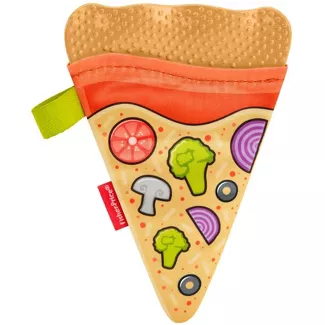
is both hilarious and really useful. It’s BPA-free, silicone on the “crust” so baby can chew on that comfortably. To add, it looks really cute in pictures and is super affordable.
Find it at Target.

This $6 Green Sprouts Silicone Fruit Teether
The surface of this easy-to-refrigerate silicone apple is textured for your baby to chew on. Inside, distilled water gives baby relief from the aches and swelling that come with teething.

A Washcloth
Yeah, we’re being for real. Not all toys have to be brightly colored and made of silicone. Regular cotton washcloths go a long way. Just wet it, roll it up, put it in the fridge, and give it to your baby to chew on. Most recommended washcloth? This $18 Coyuchi Cloud Loom Organic Cotton Washcloth. Buy here.
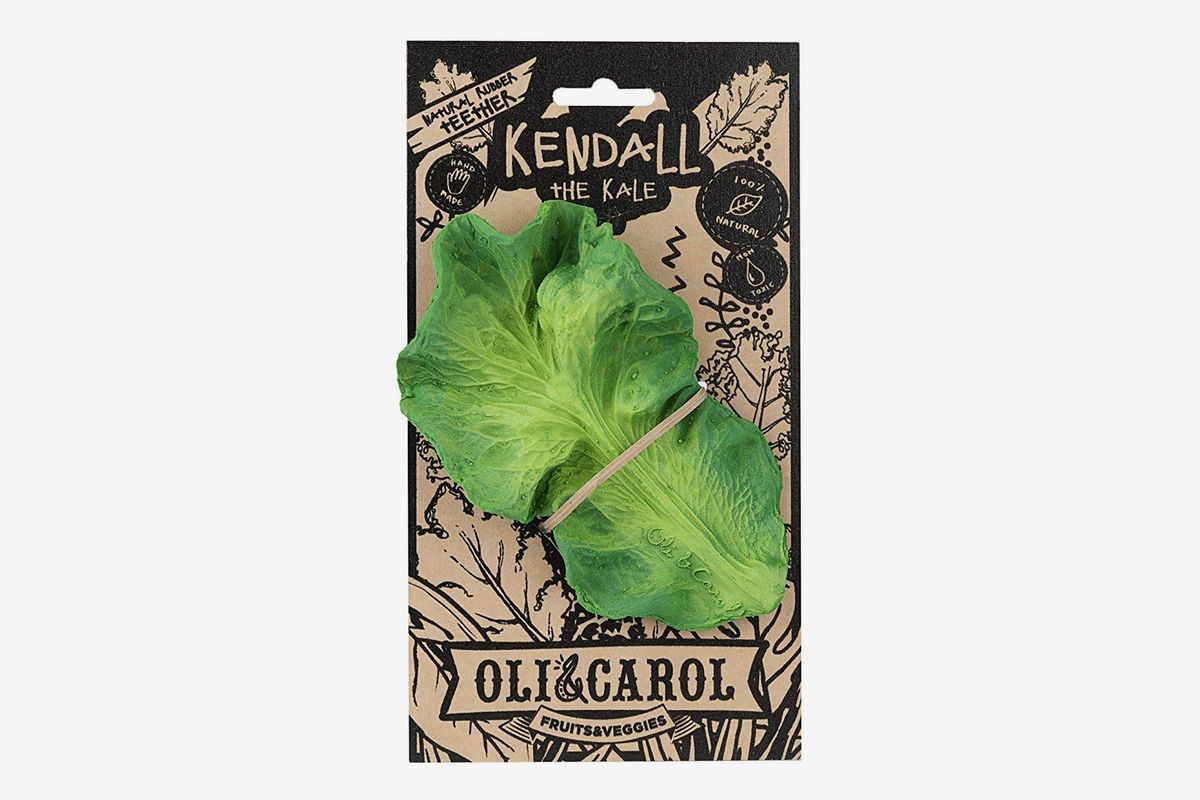
This “Kale” teether
Maybe it’s subliminal messaging, maybe you just like the idea of them chewing on a little leaf. Regardless, many parents spend the extra $10 over traditional teethers. It’s eco-friendly and biodegradable!